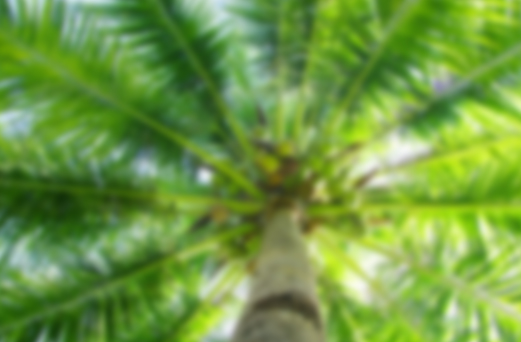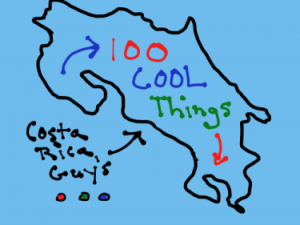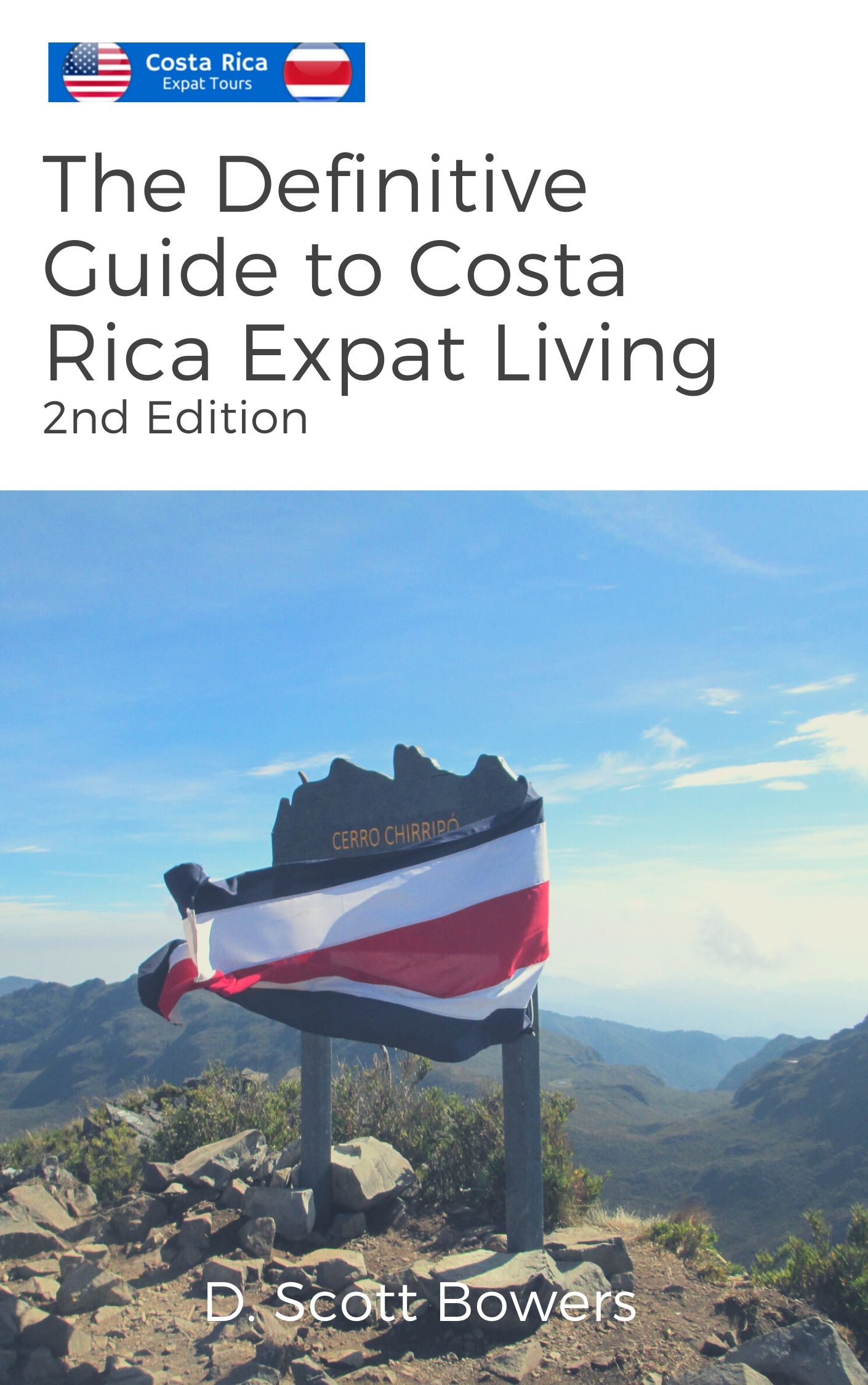Costa Rica has a reputation for the exotic and mysterious. I guess because it is so, well, exotic and mysterious. But there is no place that exemplifies these characteristics more than the Peninsula de Osa. There are remote corners of Costa Rica where man never hath trodden and deep in the heart of Osa may be one of those places. From the pristine Golfo Dulce to the ultra biodiverse Corcovado, this place offers an amazing display of pure natural splendor that rivals any other location on the planet. National Geographic actually declared the Corcovado National Park to be the most biologically diverse place on earth. It is a place where our largest jungle cats, the jaguar, romp and where humpback whales make their majestic leaps in the tranquil blue waters of the rocky Pacific coast. It is a place where relics from ancient Indian cultures remain including the mysterious stone spheres of various sizes. Their perfect symmetry baffles archaeologists who have been trying to decipher their meaning as well as the means by which the ancient Indians, using only crude tools, could have created such perfectly formed orbs from solid rock. Osa offers some of Costa Rica’s largest tracts of virgin rain forest, where trees date back hundreds of years. Corcovado is the only place in the country where all four species of Costa Rica’s monkeys are found. Actually, it is said that Corcovado alone contains 2% of the entire planet’s biodiversity. The Osa peninsula remains largely undeveloped to date. However, you can find some very cool eco-lodges. The two best places to visit are the Corcovado National Park and Drake Bay. Corcovado can be accessed either on the north side from Drake Bay or on the south side from Puerto Jiminez. Drake Bay is a scenic and pristine bay on the northwest side of the peninsula that offers great diving as it is an easy boat ride out to Isla del Caño and its coral reefs. Tourists also arrive to Corcovado via boat from Sierpe. You take the Sierpe River to where it dumps into the Pacific and pass by one of the largest mangrove forests in the Americas. The Osa Peninsula is often overlooked in favor of more well-trodden tourists locations like Arenal and Manuel Antonio, but it is well worth experiencing. The best way to arrive there is by plane from San Jose into the several small landing strips that exists (like Palmar Norte, or Drake Bay, or Puerto Jiminez). Costa Rica has so much adventure to offer. How could anyone not love this place!
- 500 species of trees (49 of which are near extinction)
- 150 species of orchids
- 140 species of mammals (including the country’s largest population of jaguars)
- 120 species of reptiles and amphibians
- 6,000 species of insects….
Two Great Places to Stay in Osa








Comments
Costa Rica Blog - 365 Reasons I Love Costa Rica » Blog Archive » Reason #73: The “Big Sur” of Costa Rica
[…] and a dazzling array of birds, reptiles, insects and mammals. Also, in this area you are near the Corcovado National Park and you can take a guided tour from any of the beach-towns in the area like Dominical and Uvita. […]